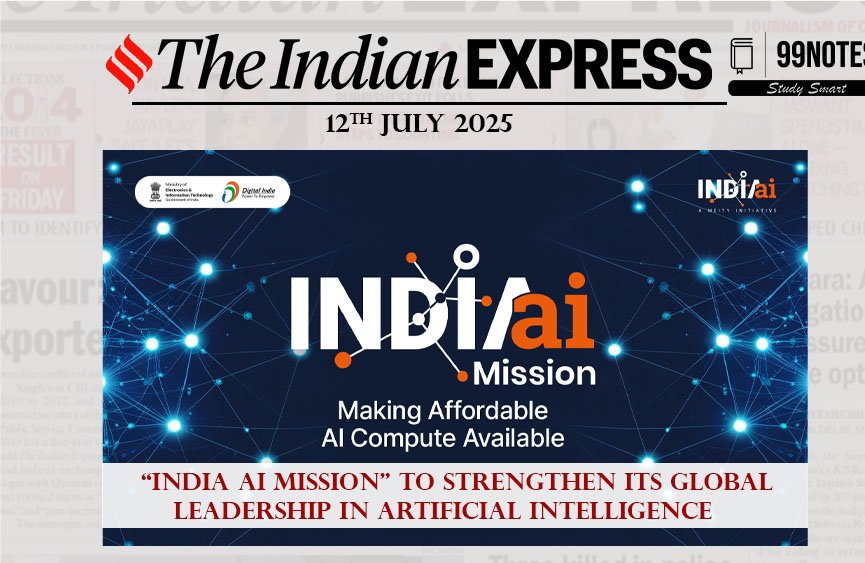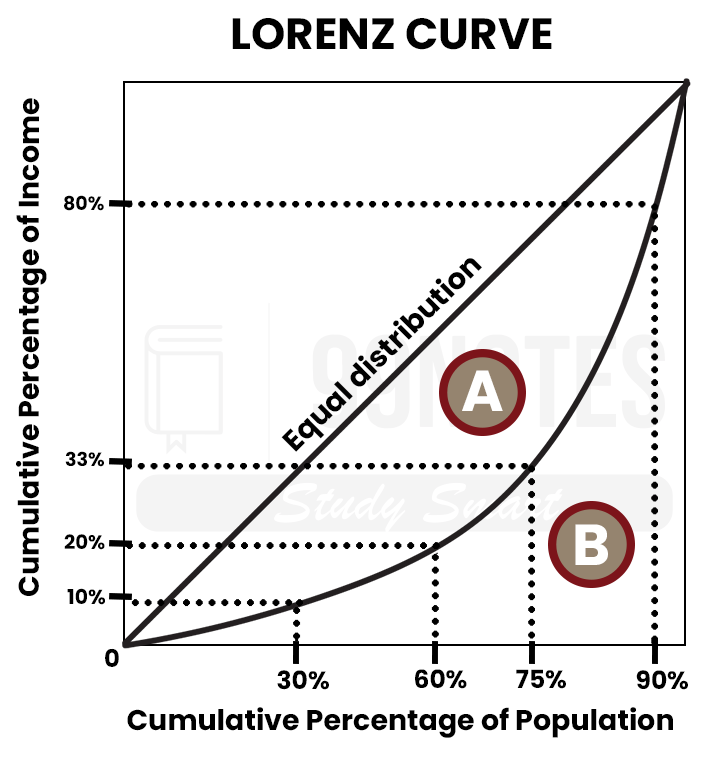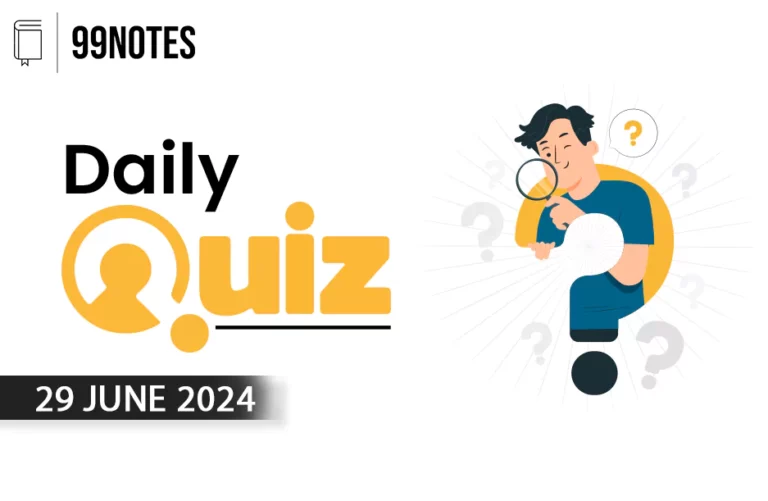15 July 2025: Indian Express Editorial Analysis
1. Two unequal: World Bank gets it wrong. India cannot have the world’s lowest consumption inequality and the highest income inequality
(Source: Editorial Page, The Indian Express)
| Topic: GS2 – International Relations; GS3 – Security and Strategic Interests |
| Context |
|
The Issue raised
There is a serious inconsistency in global assessments of inequality in India, primarily between World Bank reports and the World Inequality Database (WID).
The World Bank, in its April 2025 Poverty and Equity Brief, stated that India had the lowest consumption inequality in the world in 2022–23, with a Gini index of 25.6. In contrast, the WID claims India has among the highest income inequalities globally (with a Gini of around 62). The editorial argues that these two statements cannot logically coexist because income and consumption inequality are related.
-
- The Government of India endorsed the World Bank’s findings through a PIB release, misinterpreting that India was the most equal society overall, not just in consumption terms.
- Critics pointed out this misinterpretation, but instead of clarifying, the debate worsened with political blame games.
Methodological Issues
World Bank Data Source:
- It relies on the Poverty and Inequality Platform (PIP), which compiles official household survey data from 167 countries.
- However, PIP does not analyse microdata, only summary-level distributions, making it less precise.
- For India, the data is based on official consumption surveys, but there is no recent official income distribution survey.
WID Approach:
- It constructs inequality estimates using synthetic methods and assumptions, not direct survey data.
- Uses tax data and national accounts to extrapolate income shares, which can exaggerate inequality.
Source of Error:
- Criticism of World Bank Data: The World Bank relied on PIP (Poverty and Inequality Platform), which aggregates official surveys but ignores micro-data inconsistencies and incomplete coverage.
- Criticism of WID: WID constructs estimates using assumptions and synthetic combinations of data, leading to exaggerated income inequality claims.
Different methodologies for income vs consumption inequality create confusing, inconsistent narratives for policymakers and public debate.
Why is this important for us?
- Policy Distortion Risk: Misinterpretation of inequality data could lead to flawed economic and social policies.
- Credibility Challenge: Contradictory reports from global institutions (World Bank vs WID) raise questions about data reliability in shaping global perception of India.
- Need for Robust Data: Highlights urgent need for timely, transparent, nationally verified household surveys to avoid dependence on assumption-driven models.
- International Impact: India’s economic image and negotiations on global platforms could be affected if inequality data remains disputed.
Counter-Argument by 99Notes
It is possible that India bridges the consumption inequality by supplying several basic commodities:
- Food through the PDS system
- Fuel through Ujjwala Yojana
- Subsidised electricity and water
- Subsidised homes and toilet construction, etc.
We must consider the equalizing impact of these schemes on society too.
Read more – 14 July 2025 : Indian Express Editorial Analysis






